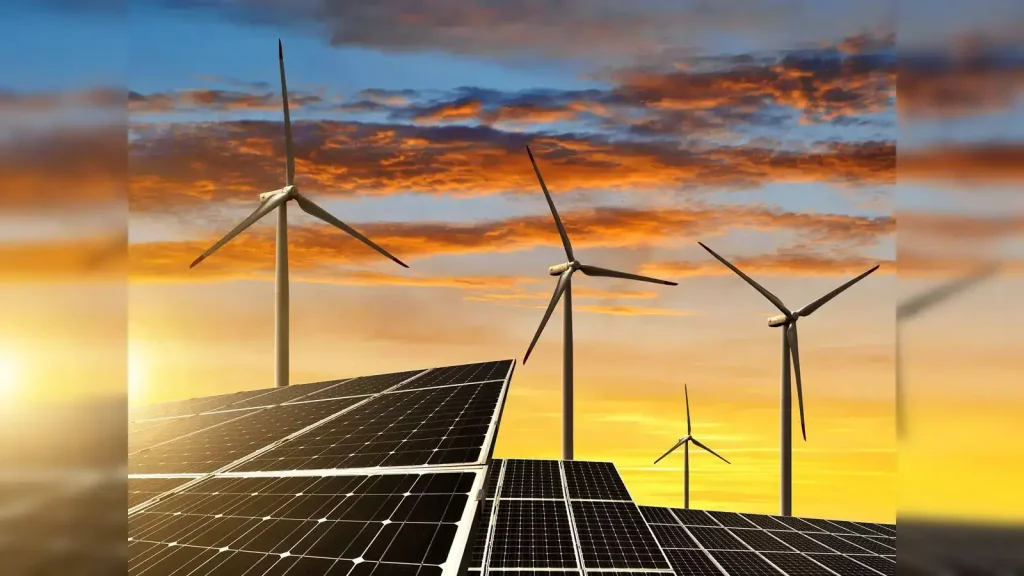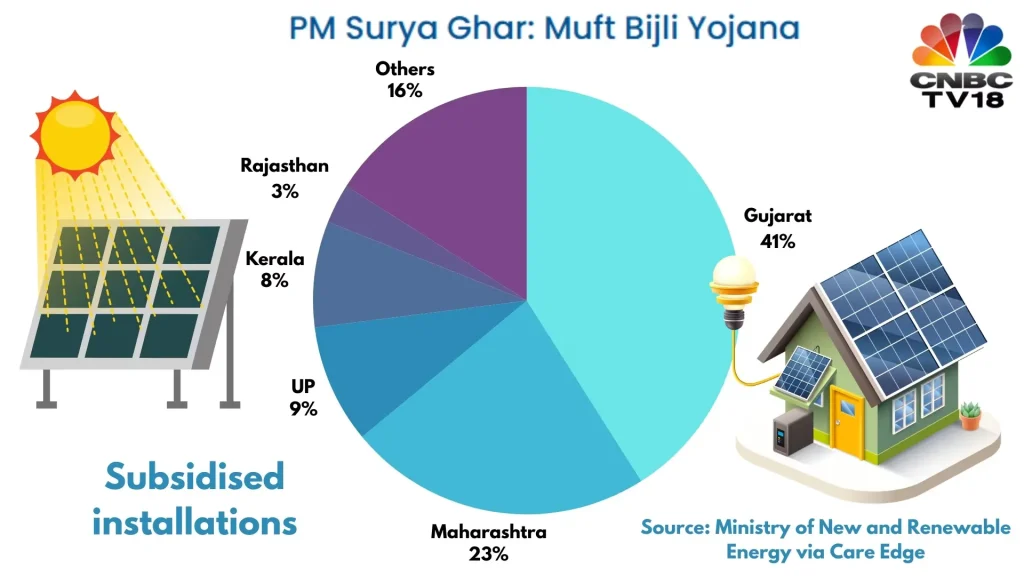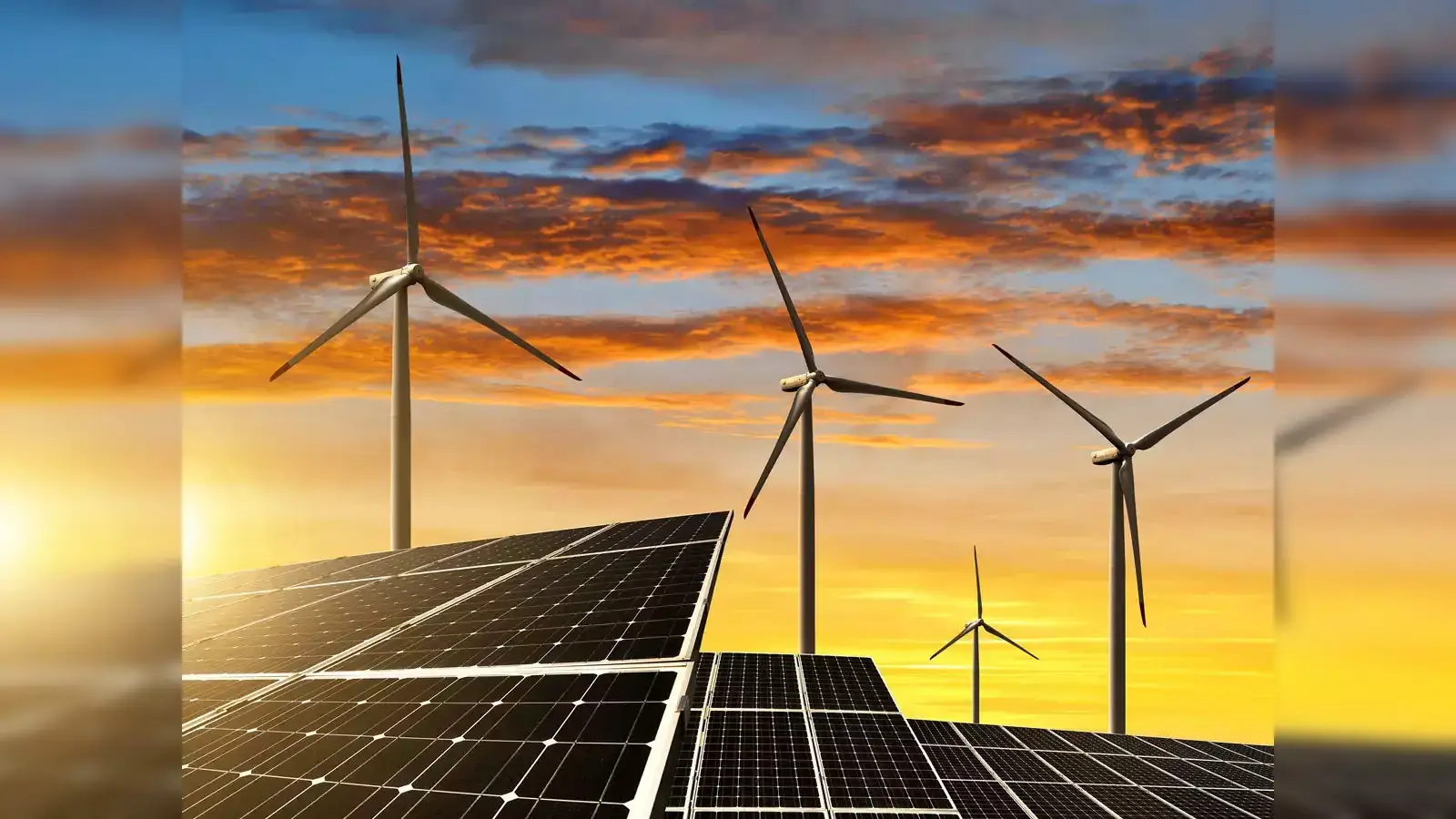
Imagine trying to set up a solar farm in your backyard, only to find your neighbor’s buffalo lounging there, chewing cud and giving you the stink eye.
Welcome to India’s renewable energy journey—a thrilling tale of ambition, land disputes, and the occasional bovine intervention.
The Grand Ambition:
India dreams big. With a renewable energy potential exceeding 24,000 GW, the nation aims to achieve net-zero emissions by 2070 . But as with all grand plans, the devil is in the details—or in this case, the land.

Land: The Final Frontier:
Securing land for renewable projects is akin to finding a free seat on a Mumbai local during rush hour—possible but highly improbable.
Only 29% of onshore wind potential and 27% of solar potential are located in areas with a population density below 250 people per square kilometer . The rest? Well, they’re occupied by people, cows, or both.
Population Density: A Double-Edged Sword:
India’s bustling population is both its strength and its challenge. High population density areas account for a significant portion of renewable potential, but installing massive solar panels in these regions is like trying to park an SUV in a scooter slot .
Land Conflicts: The Plot Thickens:
Land disputes are as common as monsoon rains. Only about 35% of onshore wind potential and 41% of solar potential are in regions free from historical land conflicts .
From farmers to forest dwellers, everyone has a stake, making land acquisition a bureaucratic ballet.
The Biodiversity Balancing Act:
Renewable projects often find themselves at odds with conservation efforts. In regions like Rajasthan and Gujarat, solar parks have raised concerns about disrupting habitats of endangered species like the Great Indian Bustard . It’s a delicate dance between progress and preservation.

Water Woes:
Green hydrogen, touted as the fuel of the future, requires significant water resources. India aims to produce around 40 million tonnes per annum by 2050,
but water management remains a critical challenge . In a country where water disputes are already a hot topic, this adds another layer of complexity.
States Stepping Up:
Not all is bleak. States like Odisha and Madhya Pradesh are emerging as renewable energy champions,
offering low-cost solar potential and existing infrastructure suitable for large-scale power generation . Their proactive approaches could serve as blueprints for others.
Innovative Solutions:
To navigate these challenges, India is exploring innovative solutions:
- Agrovoltaics: Combining agriculture with solar panels, allowing farmers to grow crops under the shade of solar installations .
- Rooftop Solar: Utilizing existing rooftops in urban areas to generate solar power, reducing the need for additional land .
- Policy Reforms: Streamlining land acquisition processes and revising water management policies to prioritize energy production .
India’s renewable energy journey is a testament to its resilience and innovation. While challenges abound—from land disputes to water scarcity—the nation’s commitment to a greener future remains unwavering.
As we navigate this complex landscape, one thing is clear: with the right mix of policy, technology, and community engagement, India’s renewable dreams can become a reality.

